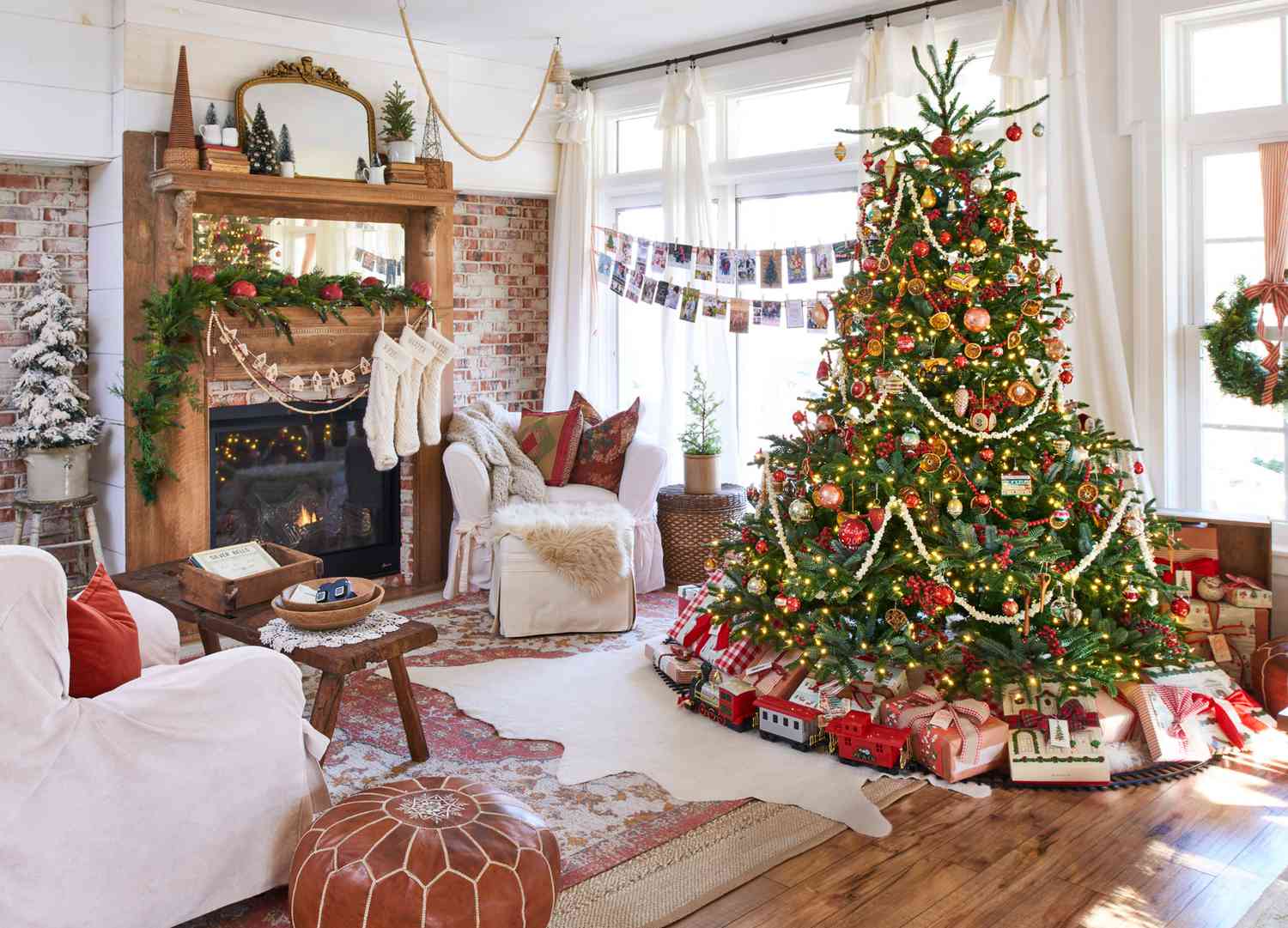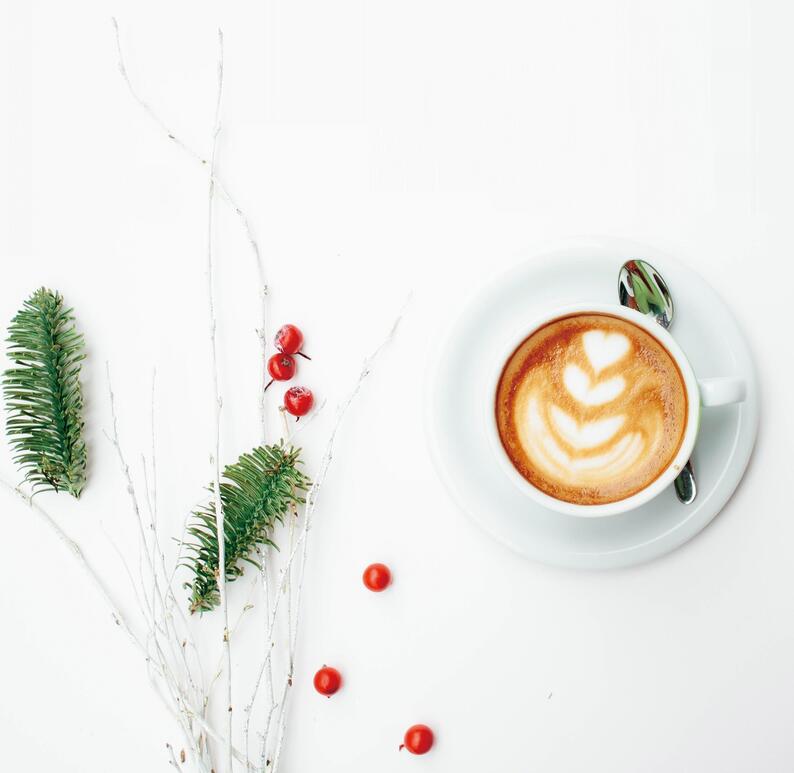Contrary to the charming holiday movies on the Hallmark Channel, buying a Christmas tree is not always a romantic encounter with the town’s most eligible bachelor. It’s also not as straightforward as picking the most beautiful pine tree on the lot. Before getting your first Christmas tree, there are some essential factors you should consider.
Buy Early
The optimal time to purchase your Christmas tree is between Cyber Monday and the first week of December. During this period, prices tend to be lower, and there will still be a wide selection available, as suggested by Jennifer Greene, the executive director of the North Carolina Christmas Tree Association.
Greene advises, “By this time, there would have been a good frost, which helps with better needle retention. As long as you keep your tree well-watered every day, it will last throughout the Christmas season.” However, if you cannot visit a Christmas tree lot or lack access to transportation (especially for city dwellers), you have the option to shop online for live Christmas trees.
Measure Your Room
Before embarking on your quest for the perfect Christmas tree, it’s essential to assess the space it will occupy. Begin by measuring the ceiling height of the room where you intend to set up the tree. Consider the maximum height the room can accommodate, accounting for the desired tree topper. As a general guideline, a room with 8-foot ceilings should comfortably hold a 6- or 7-foot tree. However, don’t forget to factor in the doorway width to avoid any “Clark Griswold” mishaps.
David Murbach, manager of the gardens division at New York City’s Rockefeller Center, advises, “Measure the width of the door through which you’ll be bringing in the tree, and ensure that your chosen tree fits through it easily.” This simple precaution can save you from potential difficulties and ensure a smooth and hassle-free tree transportation process.
Research the Varieties
When it comes to Christmas trees, the choices can be overwhelming, with various shapes, sizes, and varieties available. Gary Chastagner, a professor of plant pathology at Washington State University in Seattle, offers some insights into different tree characteristics to consider:
- Christmasy scent: If you want your home to exude the enchanting aroma of the holiday season, consider the Balsam fir. Its delightful scent resembles your favorite holiday candle and tends to linger longer than other types of Christmas trees.
- Strong branches: For those planning to adorn their trees with numerous heavy ornaments, the noble fir is an excellent choice. Its flexible branches can easily support the weight of decorations, even enduring the occasional tugs from curious children and playful pets.
- Needle retention: When it comes to holding onto its needles, the Fraser fir is the champion. Its excellent needle retention means fewer fallen needles to clean up, saving you from constantly running the vacuum during the festive season.
- Soft needles: Families with young children might prefer a tree with soft, flexible needles to avoid any unpleasant pricking incidents. The white pine, with its gentle needles, is an ideal choice for creating a kid-friendly holiday environment.
- Allergy-friendly option: If allergies have been an issue in the past, consider opting for a Leyland cypress, which is pollen-free. This tree variety allows allergy sufferers to enjoy the beauty of a fresh tree without the discomfort.
Check for Dryness
When purchasing a Christmas tree that’s not native to your region, it’s essential to be vigilant about its needle freshness, especially if it has been in transit for an extended period. Gary Chastagner advises paying attention to the following considerations:
- Avoid trees in poor condition: Be cautious of trees that are lying in piles or exposed to direct sunlight for extended periods. These trees can become dry and brittle, leading to a shorter lifespan and a less enjoyable holiday experience.
- Check for needle retention: Before finalizing your purchase, gently shake the tree to see if it sheds green needles. A healthy tree should hold onto its needles firmly, ensuring it remains lush and vibrant throughout the holiday season.
Water It Every Day
When you’re setting up your Christmas tree, it’s essential to follow a few important steps to ensure its longevity and vibrant appearance throughout the holiday season. Here are some tips from experts:
- Trim the trunk: Before placing the tree in the stand, cut off approximately one inch from the bottom of the trunk in a straight line. This fresh cut will help the tree better absorb water and keep it hydrated.
- Watering is crucial: In the first few days, your tree can drink gallons of water. To maintain its freshness, check the water level in the stand daily and refill it as needed. A well-hydrated tree will have better needle retention and remain vibrant.
- Keep away from heat sources: Be mindful of the tree’s placement in your home. Avoid positioning it near heaters, fireplaces, or any direct sources of heat. Exposure to heat can cause the tree to dry out faster, leading to premature needle drop.
- Avoid direct sunlight: While natural light can enhance the tree’s beauty, direct sunlight can have the opposite effect. Christmas trees thrive in cooler environments, so placing them in direct sunlight can reduce their lifespan and lead to wilting.
Practice Fire Safety
To ensure a safe and fire-free holiday season, taking proper precautions with your Christmas tree is essential. Keeping your tree well-watered is one of the easiest and most effective ways to prevent potential fire hazards. Dry needles and branches can ignite quickly, but a well-hydrated tree is less likely to catch fire.
When decorating your tree with lights, it’s crucial to choose safe options. LED lights are an excellent choice since they stay cool to the touch, reducing the risk of overheating and potential fire accidents. Additionally, LED lights are energy-efficient and can last longer than traditional incandescent lights.
Jennifer Greene emphasizes the importance of checking the lights for any breakage in the line and ensuring there are no exposed wires that could cause a short circuit. Faulty lights can lead to electrical sparks, increasing the risk of a fire hazard. Regularly inspecting the lights and replacing damaged strands is a wise precaution.
By following these safety measures and being vigilant about the condition of your Christmas lights, you can enjoy a festive and worry-free holiday season with your beautifully decorated and safely lit Christmas tree.
Consider Your Pets
If you share your home with pets, especially a playful and curious puppy, it’s essential to consider their safety when choosing a Christmas tree. Live trees, while beautiful, can pose hazards to animals that like to chew on things. The oils from the needles on certain trees, such as pines and firs, can irritate their mouths and lead to symptoms like vomiting. In some cases, if pets ingest a large number of needles, it can cause dangerous intestinal obstructions.
Additionally, live trees may be treated with chemical preservatives to keep them fresh for longer, which can be harmful if ingested by animals. To avoid these potential risks, it might be safer to opt for an artificial tree instead.
Artificial trees are made from materials that are less appealing to pets, reducing the chances of them being chewed on. However, it’s still essential to keep an eye on your pets around the tree to ensure they don’t cause any mischief. To maintain the festive holiday atmosphere, you can light a fir-scented candle or use a Christmas-scented air freshener to enjoy the delightful aroma without compromising your pets’ safety.
By choosing an artificial tree and taking precautionary measures, you can create a pet-friendly Christmas environment and avoid any unnecessary health concerns for your beloved furry friends.














Leave a Reply